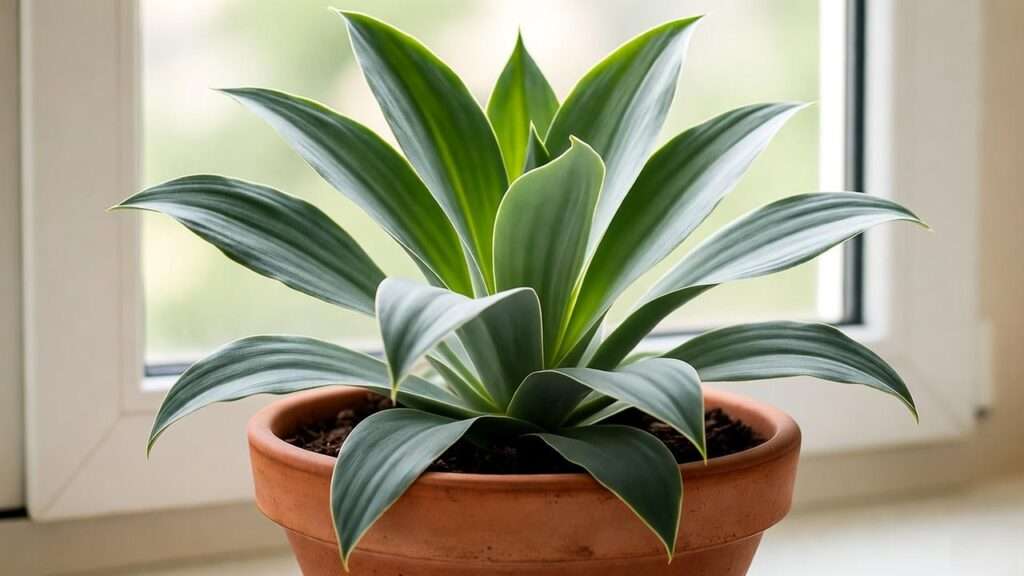Imagine transforming your home with a stunning, low-maintenance plant that’s both a conversation starter and an air-purifying gem! The furfuracea plant, known scientifically as Agave furfuracea, is a striking succulent that’s stealing the spotlight in homes and gardens worldwide. With its silvery-green, powdery leaves and compact rosette shape, this desert beauty is perfect for beginners and seasoned plant parents alike. But how do you ensure its vibrant foliage thrives? In this ultimate care guide, written by a horticulturist with over a decade of experience in succulent care, we’ll share seven expert tips to help you grow a healthy, eye-catching furfuracea plant. From light to watering, we’ve got you covered! Ready to make your furfuracea the star of your collection? Let’s dive in! 🚀
Understanding the Furfuracea Plant: Origins and Characteristics 🌵
What is the Furfuracea Plant?
The furfuracea plant, or Agave furfuracea, is a compact succulent from the Agavaceae family, native to the arid regions of Mexico. Its rosette-shaped growth, featuring thick, silvery-green leaves with a powdery coating, gives it a unique, almost ethereal appearance. Typically growing to 12–18 inches tall and wide, it’s ideal for small spaces like apartments or patios. Unlike other agaves, the furfuracea’s soft, velvety texture and lack of sharp spines make it a safer choice for households with pets or children. 🪴
Why Choose a Furfuracea Plant?
Why is this plant trending among indoor gardening enthusiasts? For starters, it’s incredibly low-maintenance, drought-tolerant, and purifies the air by removing toxins. Its striking appearance makes it a focal point in any room or garden, blending seamlessly with modern or minimalist decor. Compared to similar succulents like aloe or other agaves, the furfuracea stands out for its compact size and unique leaf texture, making it a favorite for those seeking aesthetic yet easy-care plants. 🌟
Expert Insight: “The furfuracea’s powdery coating, known as epicuticular wax, not only enhances its beauty but also protects it from harsh sunlight and water loss,” says Maria Gonzalez, a certified horticulturist with 15 years of experience at Desert Bloom Nursery.
Tip 1: Perfecting the Light Conditions for Your Furfuracea ☀️
Ideal Light Requirements
To keep your furfuracea plant thriving, provide 6–8 hours of bright, indirect sunlight daily. Indoors, place it near a south- or west-facing window where it can soak up ample light without scorching. Outdoors, a patio with partial shade works perfectly, especially in hot climates. Too much direct sunlight can burn the leaves, while too little can cause them to stretch or fade. 🌞
Pro Tip: If you notice your plant leaning toward the light, rotate it every few weeks to ensure even growth.
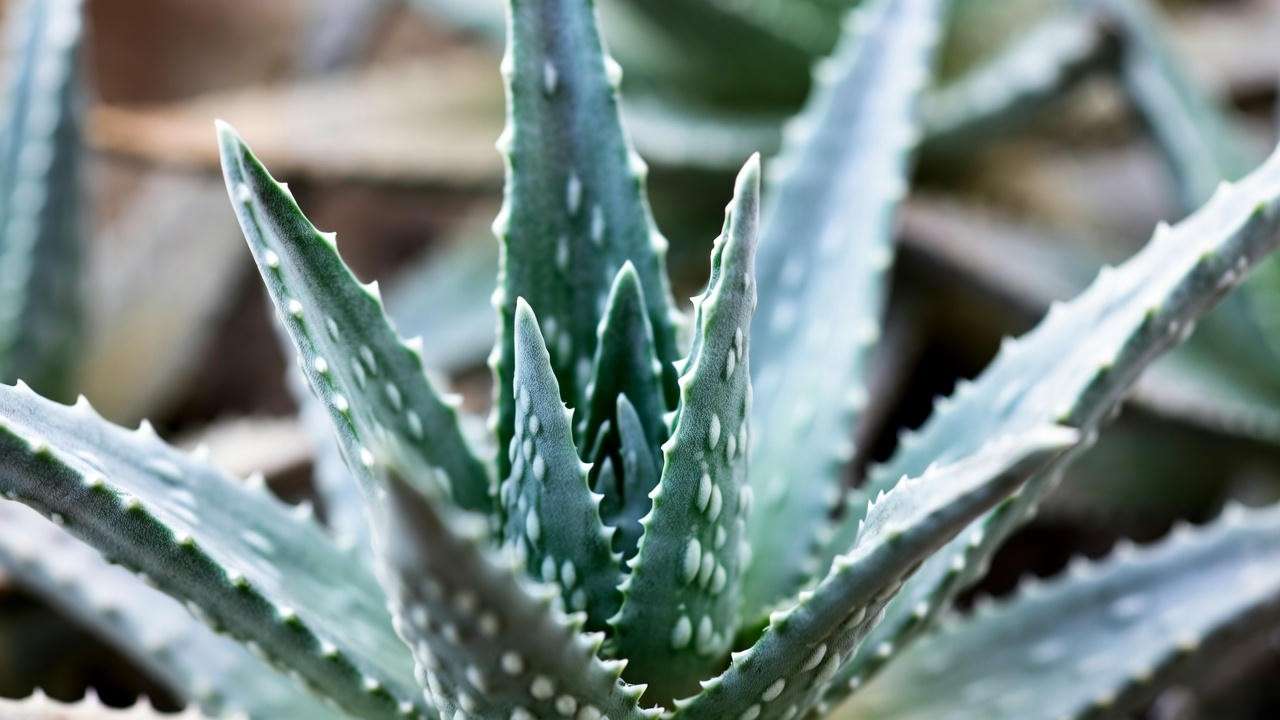
Troubleshooting Light Issues
Not sure if your furfuracea is getting the right light? Look for these signs:
- Insufficient Light: Leaves appear stretched, pale, or elongated (etiolation).
- Too Much Light: Brown, scorched tips or faded leaf color.
To fix low light, consider supplementing with a grow light, especially in winter. For excessive sun exposure, use sheer curtains indoors or move outdoor plants to a shadier spot. A well-lit furfuracea rewards you with vibrant, silvery foliage that’s sure to impress! 🪟
Tip 2: Mastering Watering for a Healthy Furfuracea 💧
How Often to Water
The furfuracea plant thrives on minimal water, reflecting its desert origins. Water every 2–3 weeks during the growing season (spring and summer), allowing the soil to dry out completely between sessions. In fall and winter, reduce watering to once a month or less, as the plant enters dormancy. Overwatering is the leading cause of furfuracea failure, so err on the side of caution. 🕒
Expert Advice: “When in doubt, skip watering for an extra week. A dry furfuracea is happier than a soggy one,” notes Dr. Emily Carter, a succulent specialist at the University of Arizona’s Cooperative Extension.
Watering Techniques
Use the soak-and-dry method: thoroughly water the soil until it drains from the pot’s bottom, then wait until it’s bone-dry before watering again. Avoid letting water pool in the rosette, as this can lead to rot. For outdoor plants, ensure they’re not in areas prone to standing water after rain. If you’re unsure, check the soil with your finger—1 inch down should feel dry. 🚫
FAQ: How do I know if I’m overwatering? Look for soft, mushy leaves or a blackened base, both signs of root rot. If detected early, reduce watering and improve drainage to save your plant.
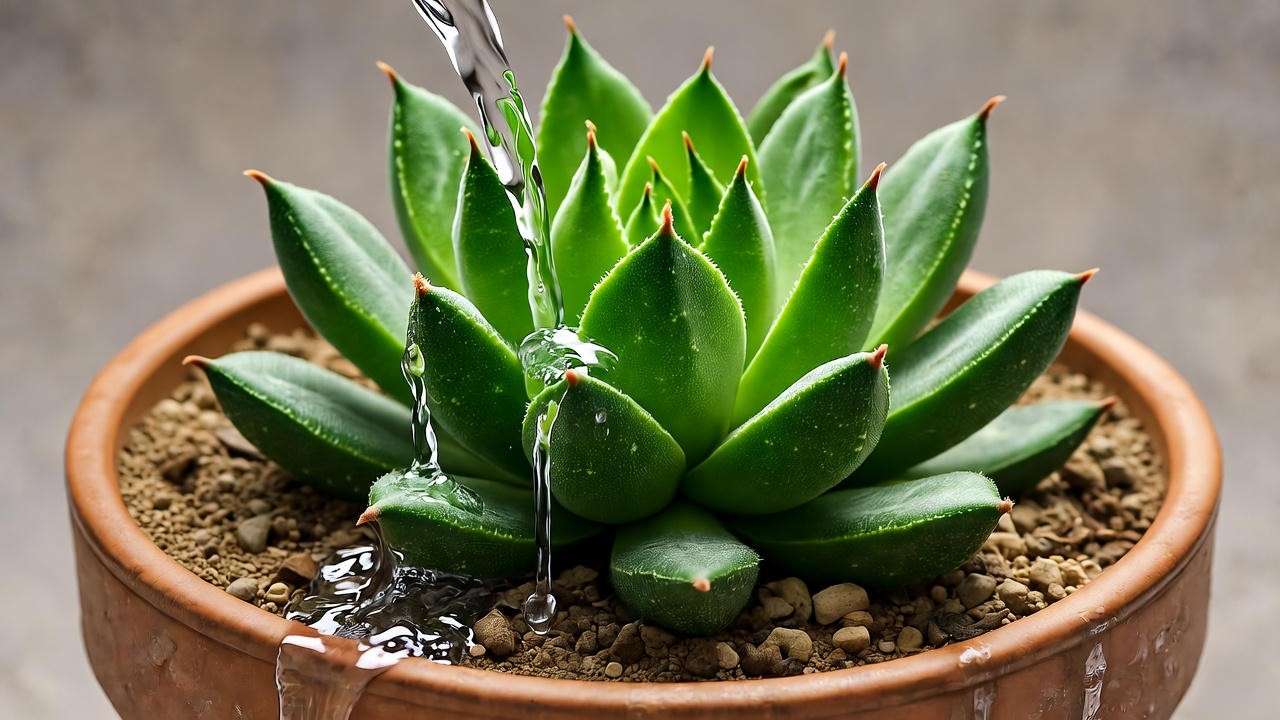
Tip 3: Choosing the Right Soil and Pot 🪴
Best Soil Mix for Furfuracea
A well-draining soil mix is non-negotiable for the furfuracea plant. Opt for a commercial cactus or succulent mix, or create your own with:
- 50% potting soil
- 30% coarse sand
- 20% perlite or pumice
This blend mimics the plant’s native arid environment, ensuring roots stay dry and healthy. Poor drainage is a recipe for root rot, so avoid heavy, water-retaining soils like standard potting mix. 🌵
Selecting the Perfect Pot
Choose a pot with drainage holes to prevent water buildup. Terracotta or ceramic pots are ideal, as they’re breathable and help wick away excess moisture. Ensure the pot is slightly larger than the plant’s root system—furfuraceas prefer snug conditions. Repot every 2–3 years or when roots start crowding the pot. 🕳️
Pro Tip: Add a layer of pebbles on top of the soil for a decorative touch and to reduce evaporation.
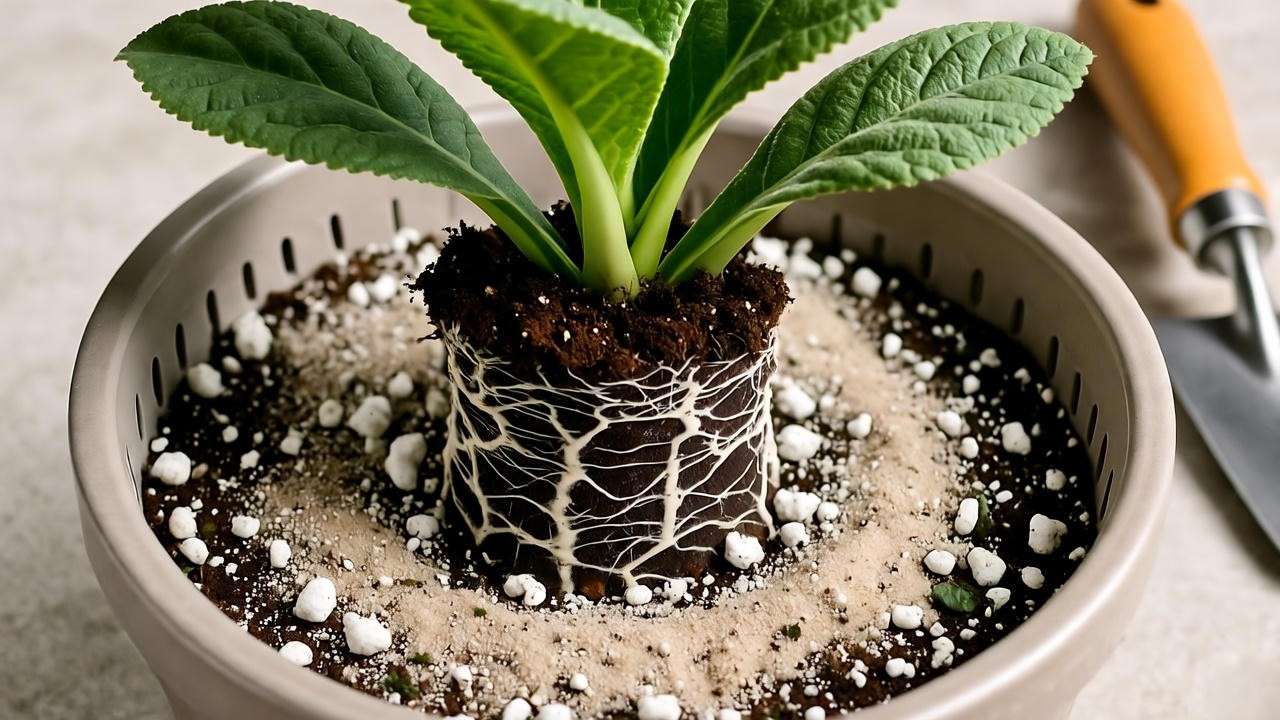
Tip 4: Maintaining Ideal Temperature and Humidity 🌡️
Temperature Needs
The furfuracea plant loves warm conditions, thriving in temperatures between 65–85°F (18–29°C). It can tolerate dips to 50°F (10°C) but should be protected from frost. If you live in USDA zones below 9, bring outdoor furfuraceas indoors during winter to avoid cold damage. ❄️
Humidity Preferences
As a desert native, the furfuracea prefers low humidity (20–40%). High-humidity environments, like bathrooms, can cause leaf drooping or fungal issues unless ventilation is excellent. For indoor plants, avoid placing them near humidifiers. Outdoors, ensure good air circulation around the plant. 🏜️
Common Issue: If leaves start drooping in humid conditions, move the plant to a drier spot or use a fan to improve airflow.
Tip 5: Fertilizing for Vibrant Foliage 🌿
When and How to Fertilize
To boost your furfuracea’s growth, apply a diluted, balanced fertilizer (e.g., 10-10-10) once a month during spring and summer. Dilute to half-strength to avoid burning the roots. During fall and winter, skip fertilizing, as the plant’s growth slows. Over-fertilizing can lead to weak, leggy growth or leaf burn, so less is more. 🌸
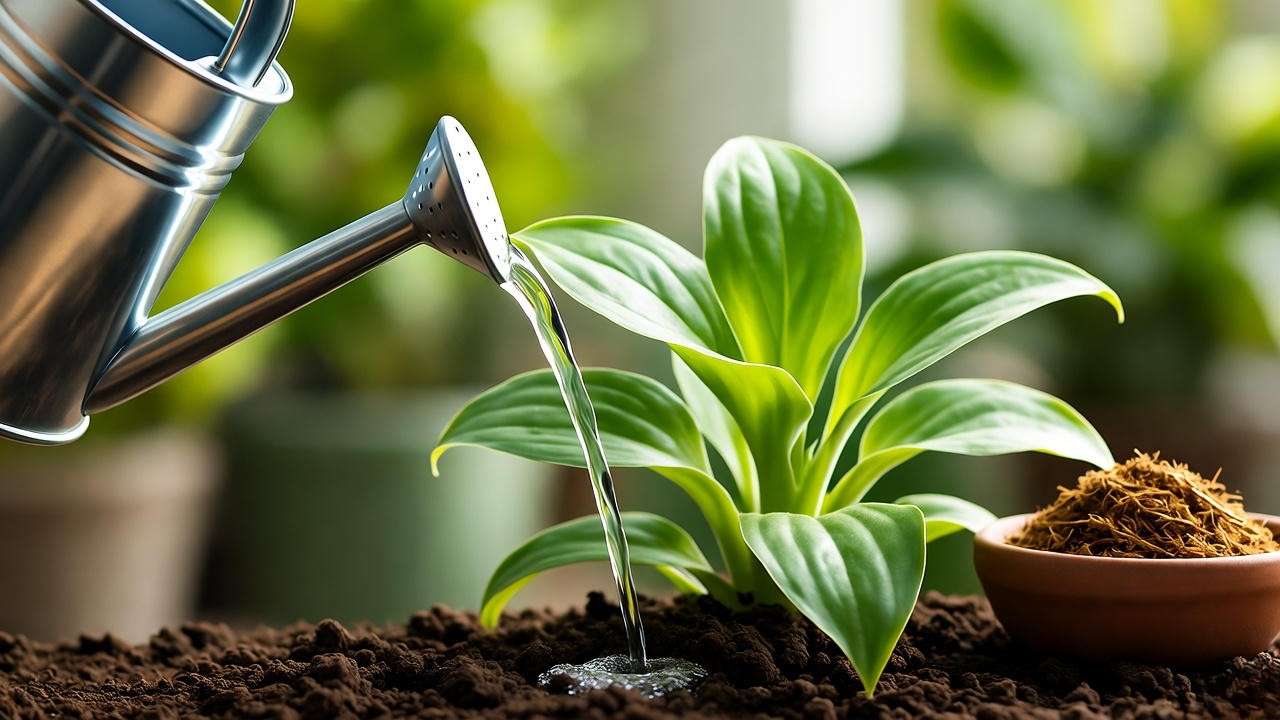
Organic Alternatives
For eco-conscious gardeners, try compost tea or worm castings. Mix a small amount into the topsoil for slow-release nutrients. These organic options support healthy growth without the risk of chemical buildup. 🌍
Pro Tip: Always water before fertilizing to prevent root shock.
Tip 6: Pruning and Propagating Your Furfuracea 🌱
Pruning for Health and Aesthetics
Pruning your furfuracea plant is minimal but essential for maintaining its health and beauty. Remove dead, damaged, or yellowing leaves at the base using clean, sharp pruning shears. This not only improves its appearance but also prevents pests or diseases from spreading. Prune sparingly, typically once or twice a year, as the plant grows slowly. Wear gloves to protect your hands from the leaves’ slightly sharp edges, even though furfuraceas are less spiky than other agaves. ✂️
Pro Tip: Sterilize your shears with rubbing alcohol before and after pruning to avoid introducing pathogens.
Propagating Furfuracea
Propagating your furfuracea plant is a rewarding way to expand your collection or share with friends. The easiest method is using offsets, or “pups,” which grow at the base of the mother plant. Here’s a step-by-step guide:
- Identify Pups: Look for small rosettes with their own roots.
- Separate Carefully: Use a clean knife to gently detach the pup from the parent plant.
- Let Dry: Allow the pup’s cut end to callus over for 1–2 days to prevent rot.
- Plant: Place the pup in a small pot with well-draining succulent soil and water sparingly.
- Provide Light: Keep in bright, indirect light and water lightly every 1–2 weeks until established.
Leaf cuttings are possible but less reliable for beginners, as they take longer to root. Offsets typically root within 4–6 weeks, making them the preferred method. 🌱
Expert Insight: “Propagating furfuracea pups is nearly foolproof if you ensure good drainage and avoid overwatering during rooting,” says Maria Gonzalez, horticulturist at Desert Bloom Nursery.
Tip 7: Preventing and Treating Common Pests and Problems 🐞
Common Pests
While the furfuracea plant is relatively pest-resistant, it can occasionally attract mealybugs, spider mites, or scale insects. Here’s how to spot and prevent them:
- Mealybugs: White, cottony patches on leaves or in the rosette.
- Spider Mites: Tiny webs or stippled, discolored leaves.
- Scale Insects: Small, brown, waxy bumps on leaves or stems.
Prevent pests by inspecting your plant regularly and wiping leaves with a damp cloth to remove dust, which can attract bugs. Maintain good air circulation and avoid overwatering, as soggy conditions invite pests. 🧼
For treatment, apply neem oil or insecticidal soap:
- Mix neem oil (1 tsp per cup of water) with a drop of dish soap.
- Spray or wipe affected areas, focusing on leaf undersides.
- Repeat every 7–10 days until pests are gone.

Addressing Common Issues
Beyond pests, the furfuracea plant may face these issues:
- Root Rot: Caused by overwatering or poor drainage. Signs include mushy leaves or a blackened base. To save the plant, remove affected roots, repot in fresh, dry soil, and reduce watering.
- Leaf Discoloration: Yellowing leaves may indicate nutrient deficiency (add fertilizer) or improper light (adjust placement). Brown tips often signal too much sun or low humidity.
- Slow Growth: Normal for furfuraceas, but ensure adequate light and nutrients to support healthy development.
Expert Tip: Create a pest-resistant environment by keeping your plant clean, well-ventilated, and stress-free with proper care. A healthy furfuracea is naturally more resilient! 🌟
Bonus Tips for Long-Term Furfuracea Success 🌿
To take your furfuracea plant care to the next level, consider these extra tips:
- Seasonal Adjustments: In spring and summer, increase watering and fertilizing slightly to support active growth. In fall and winter, reduce both to match the plant’s dormancy. 🌸
- Styling Your Furfuracea: Display it in a decorative terracotta pot or pair it with other succulents for a stunning arrangement. Outdoors, use it as a focal point in rock gardens or xeriscapes. 🏡
- Myth-Busting: Don’t fall for the myth that furfuraceas need daily watering. Their desert roots thrive on neglect—stick to the soak-and-dry method! ❌
FAQs About Furfuracea Plant Care ❓
Q1: How fast does a furfuracea plant grow?
A: Furfuraceas are slow growers, typically reaching maturity (12–18 inches) in 3–5 years under optimal conditions. Patience is key! 🌱
Q2: Can I grow furfuracea indoors year-round?
A: Absolutely! With bright, indirect light and proper care, furfuraceas thrive indoors in any season. Ensure good airflow to prevent humidity buildup. 🏠
Q3: Why are my furfuracea’s leaves turning yellow?
A: Yellowing often signals overwatering or poor drainage. Check the soil and pot for excess moisture, and adjust your watering schedule. 💧
Q4: Is furfuracea safe for pets?
A: Furfuraceas are mildly toxic if ingested, causing stomach upset in cats or dogs. Keep them out of reach of curious pets. 🐶
Q5: How do I revive a struggling furfuracea?
A: Diagnose the issue (e.g., overwatering, insufficient light), correct it (e.g., repot, adjust light), and give the plant time to recover with minimal disturbance. 🌿
Q6: Can furfuracea survive outdoors in cold climates?
A: In USDA zones below 9, bring furfuraceas indoors during winter to protect from frost. They’re not cold-hardy below 50°F (10°C). ❄️
Conclusion: Your Path to a Thriving Furfuracea Plant 🌟
With these seven essential tips—perfect lighting, minimal watering, well-draining soil, ideal temperature, smart fertilizing, careful pruning, and pest prevention—your furfuracea plant is destined to thrive! This low-maintenance succulent is more than just a pretty face; it’s a resilient, air-purifying addition to any home or garden. By following this expert guide, crafted with insights from seasoned horticulturists, you’ll avoid common pitfalls and enjoy vibrant, silvery foliage year-round. 🌱
Ready to make your furfuracea the star of your plant collection? Put these tips into action today and share your success stories in the comments below! For more plant care guides, subscribe to our newsletter or follow us on social media for daily tips. 📲 Happy planting! 🚀

